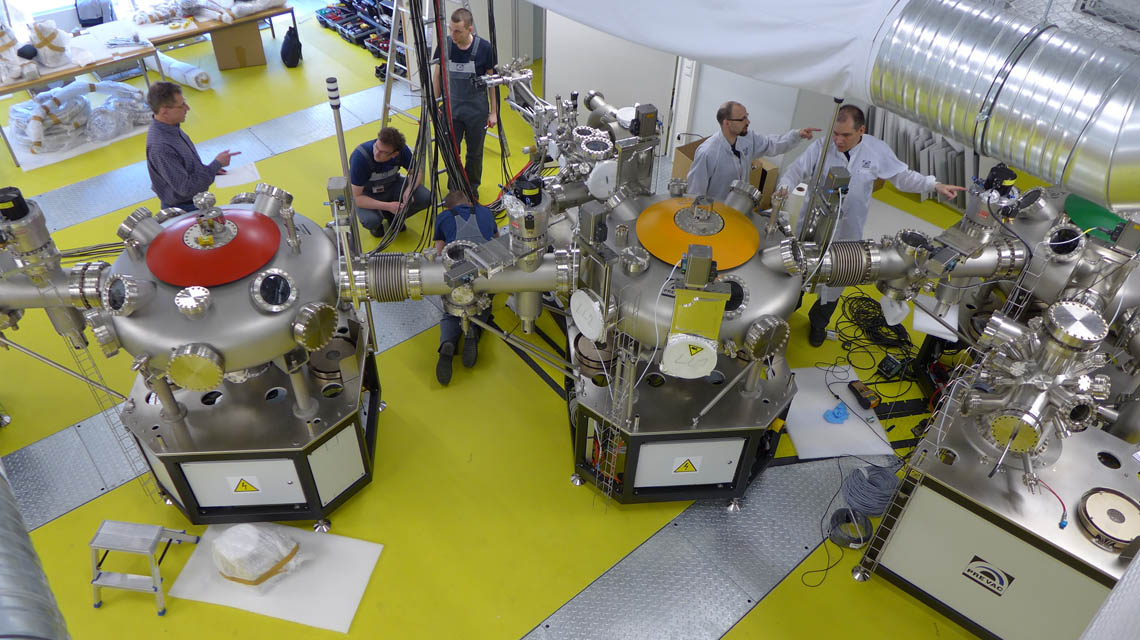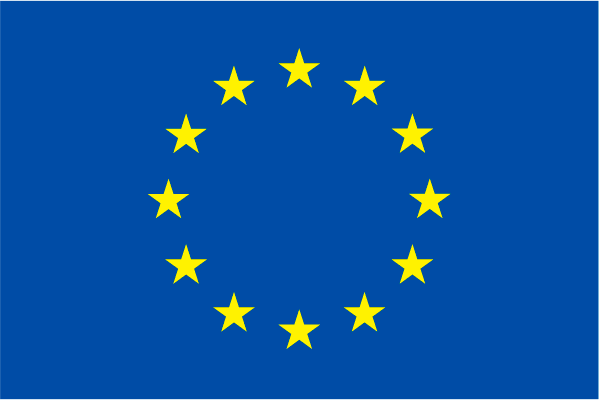
VIPERLAB: EU projectaims to boost perovskite solar industry in Europe
Accelerated solar PV deployment coupled with deep electrification could deliver 21% of the CO₂ emission reductions by 2050 and Solar PV could cover a quarter of global electricity needs by mid-century, becoming the second largest generation source after wind (source Irena). One of the key technological aim of PV to enable further cost reduction is the improvement of the energy conversion efficiency by stable and reliable solar cells and PV modules. Organic-inorganic halide perovskite (PSK) single or tandem solar cells, as a new emerging yet very promising photovoltaic technology
are a great opportunity for this objective. Although single junction PSK have reached a certified efficiency of 25.2% and PSK/Si tandem cells have achieved efficiencies over 29 % on small areas [NREL chart], the technology does not yet fulfil the requirements for mass-production, especially in view of the three targets - manufacturability, sustainability and stability.
Through facilitated and coordinated access to the best EU perovskite infrastructures and the use of advanced data mining approaches, the VIPERLAB project will stimulate European academic and industrial researchers to work together on the research and development of the next generation of solar cell technology, which will accelerate the perovskite technology development in Europe.
VIPERLAB stands for „Fully connected virtual and physical perovskite photovoltaics Lab“. The VIPERLAB project involves 15 renowned research institutions from Europe, as well as Switzerland and Great Britain. It will be funded within the framework of the EU's Horizon 2020 programme for the next three and a half years with a total of 5.5 million euros.
VIPERLAB is funded under the European Programme for Research and Innovation Horizon 2020 (No 101006715).

This project has received funding from the European Union’s Horizon 2020 research and innovation programme under grant agreement N°101006715
